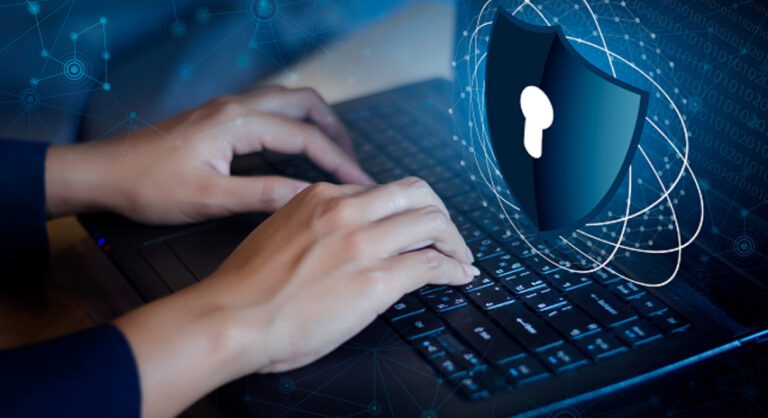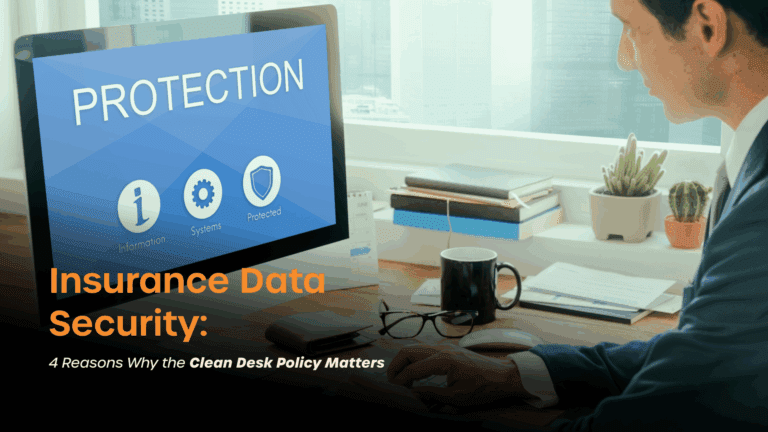
A CIO’s Guide to Choosing the Right Remote Workforce Management Software
- Rajnish Kumar
- 6 Mins
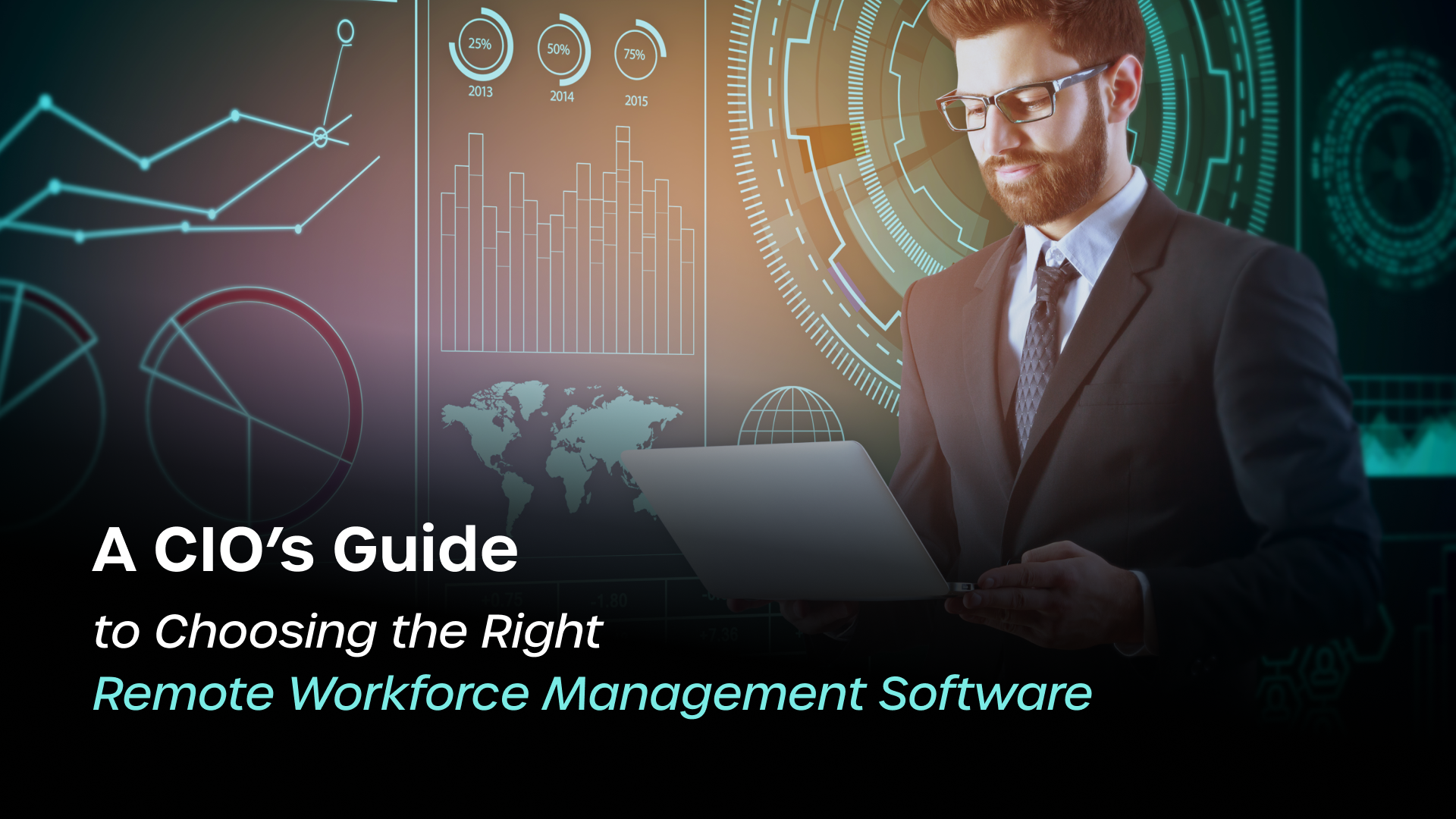
Summary
For CIOs, the decision to choose the right software isn’t just about monitoring employees — it’s about protecting sensitive data and making sure the organization runs smoothly in a distributed world
For today’s CIOs, the job has changed dramatically. Teams are no longer sitting in one office, plugged into the same secure network. Instead, people are working from homes, cafés, and co-working spaces scattered across different time zones. With this shift comes a big responsibility: keeping operations smooth while protecting sensitive information. That’s where remote workforce management software comes in. It isn’t just another tool in your IT stack. For a CIO, it’s a strategic decision that impacts compliance, data security, and how confidently the organization can grow in a remote-first world.
Why This Matters More Than Ever
Before remote work, CIOs had more direct control. Devices stayed inside company networks, compliance could be checked in person, and most risks were visible. Today, it’s a different picture:
- Employees work on personal or shared Wi-Fi.
- Sensitive data passes through multiple collaboration apps while working from anywhere
- Regulations like GDPR, HIPAA, or SOC 2 still apply — no matter where employees are logging in from.
Without strong oversight, small gaps can quickly turn into major risks. That’s why CIOs are paying close attention to solutions like remote workforce management software that combine oversight, compliance, and data protection in one place.
The Challenges CIOs Face with Distributed Teams
- Data at Risk
Information can easily end up in the wrong place — whether it’s an accidental upload to a personal drive or intentional misuse. - Proving Compliance
Regulators expect hard evidence. Without automated logs and reporting, audits can become a nightmare. - Limited Legacy Tools
Older workforce management systems may track time and attendance, but they don’t help secure workspace , verify and secure authorized access and identity towards sensitive data or create audit trails. - Vendor Confusion
There are plenty of workforce management software vendors out there, but not all of them are prepared for the complexity of remote-first organizations where remote workspace and environment is secured in an office like perimeter
What CIOs Should Look for in Remote Workforce Management Software
When evaluating options, the checklist for CIOs goes far beyond the basics. Here are the features that really make a difference:
- Stronger Data Protection
A modern system should go beyond blocking obvious risks. For example, solutions with Enhanced Data Loss Prevention (eDLP) actively stop data leaks in real time. - Compliance-First Design
Built-in logs and reporting reduce manual work and make it easier to show regulators that policies are being followed. - Ability to Scale
The system should support future growth. What works for 200 employees should also work for 2,000 without performance issues. - Integration with Existing Tools
A CIO’s role is already complex — the last thing you want is another silo. The right software should connect smoothly with HR systems, project tools, and cloud platforms. - Vendor Reliability
With so many workforce management software vendors in the market, choosing one with proven experience and support is critical.
Why RemoteDesk Is Built for CIOs
RemoteDesk is more than just another workforce tool. It was designed with the real challenges of remote work in mind:
- Enhanced Data Protection (eDLP): It prevents unauthorized sharing, screenshots, or risky behavior before a breach happens.
- Audit-Ready Compliance: Automatic reporting for GDPR, HIPAA, and SOC 2 keeps your business prepared at all times.
- Unified Management: Instead of relying on separate workforce management systems, RemoteDesk brings security, compliance, and oversight together.
- Scalable Design: Whether you’re managing 50 or 5,000 employees, the platform adapts without disrupting operations.
- Trusted Vendor Reputation: Among workforce management software vendors, RemoteDesk has consistently delivered results for industries like finance, healthcare, legal services, and call centers.
Why Different Leaders Benefit from a CIO’s Choice
When a CIO invests in the right system, it makes life easier across the organization:
- Compliance Teams can access ready-to-go audit logs.
- HR Leaders get fair and transparent oversight tools.
- IT Departments integrate security and management under one system.
- Executives gain confidence that the business is secure and audit-ready.
Mistakes CIOs Should Avoid
Even the best leaders sometimes get caught in these traps:
- Picking a tool that looks remote-friendly but isn’t built for compliance-heavy industries.
- Overlooking vendor stability in favor of short-term cost savings.
- Choosing systems that don’t scale well as the team grows.
- Splitting compliance and workforce management into separate tools instead of unifying them.
Looking Ahead: The Future of Remote Workforce Management
Remote work isn’t a passing trend. In fact, compliance demands are expected to become stricter in the years ahead. CIOs should prepare for:
- AI-driven systems that can detect risks faster than human teams.
- Seamless integration of compliance features into daily operations.
- Higher expectations from clients who want proof of secure practices.
Investing now in the right remote workforce management software helps CIOs stay ahead instead of scrambling to catch up later.
Final Thoughts
For CIOs, the decision to choose the right software isn’t just about monitoring employees — it’s about protecting sensitive data and making sure the organization runs smoothly in a distributed world. The best choice should combine the functionality of workforce management systems, the workspace security of remote employee management software, and the reliability of proven workforce management software vendors.
RemoteDesk checks all these boxes. With its focus on enhanced data protection, compliance reporting, and scalability, it gives CIOs the confidence to lead securely and strategically in a remote-first era.
If your goal is to secure your workforce and strengthen compliance without slowing your teams down, RemoteDesk is worth considering
1. What is RemoteDesk?
2. How does RemoteDesk ensure compliance with regulations like PHI, HIPAA & PCI DSS?
3. Can RemoteDesk integrate with our existing security and productivity tools?
4. How does RemoteDesk handle remote and hybrid workforce management?
5. What types of analytics and reporting does RemoteDesk offer?
Related posts
Related Posts
Interviews, tips, guides, industry best practices, and news.
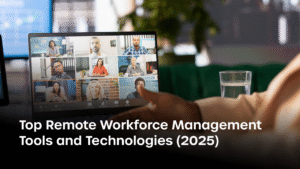
Top Remote Workforce Management Tools and Technologies (2025)
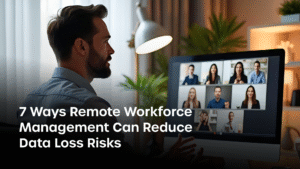
7 Ways Remote Workforce Management Can Reduce Data Loss Risks
From Time Tracking to Insightful Analytics: Modern Employee Monitoring for Remote Work
Get Started Today
Sign up in minutes. Secure your remote
workforce with confidence.
See how RemoteDesk makes compliance and data protection effortless.


